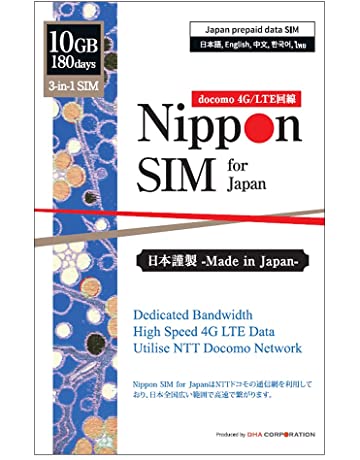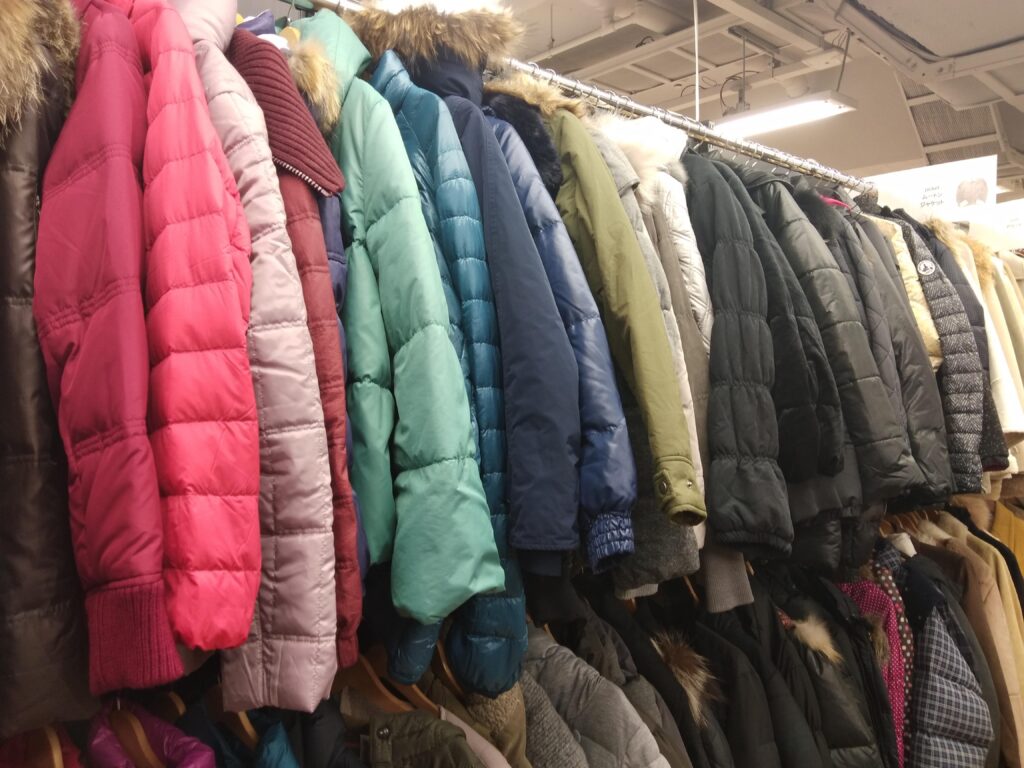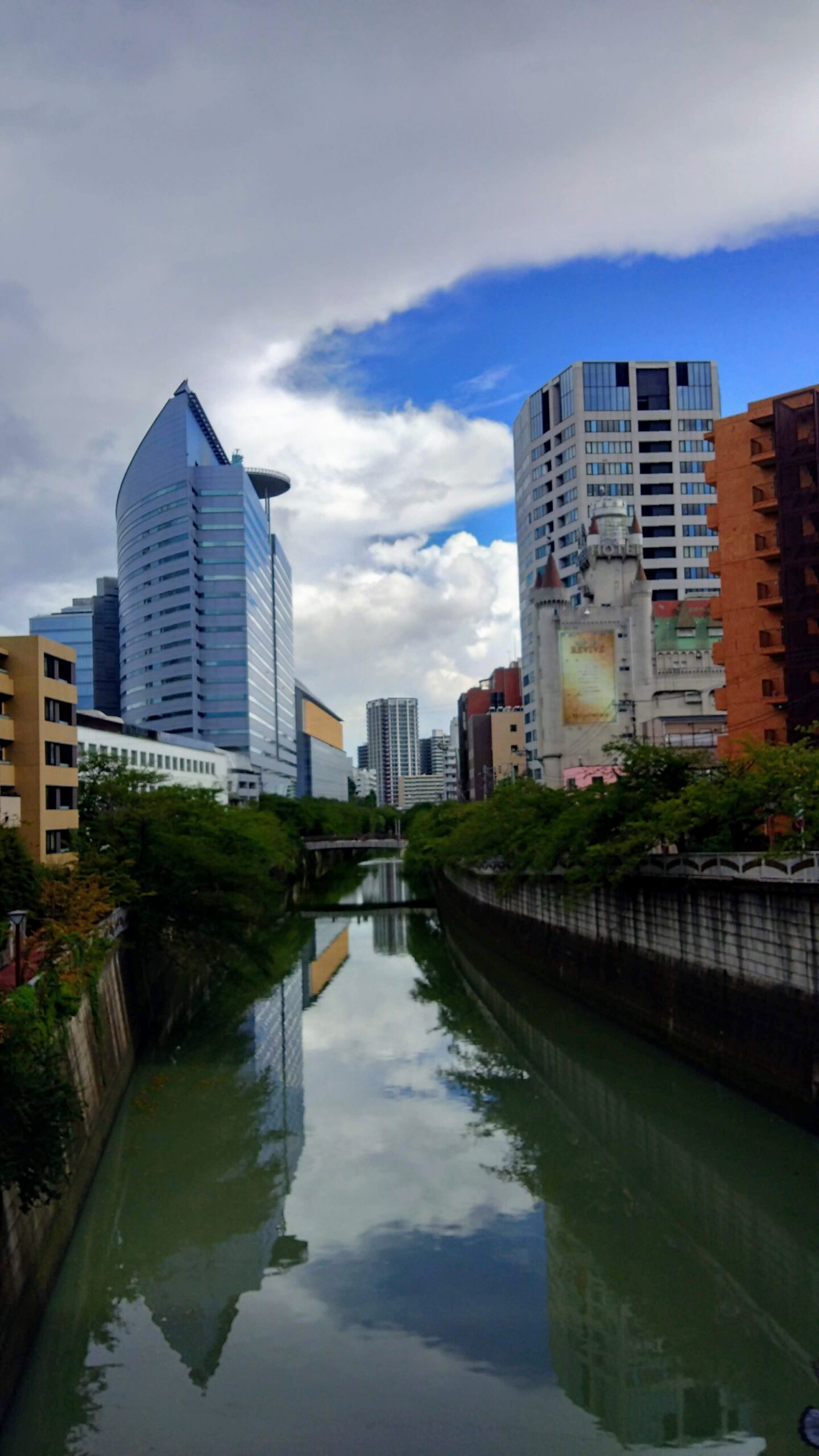It’s finally time for that obligatory post about the things I wish I knew before coming to [insert foreign country].
In hindsight, I should have made this post a long time ago, maybe during my first year in Japan. It would’ve made a great anniversary post, but I guess I just forgot. Anyway, I’m in my third year on the JET Program, and it’s as good a time as any.
Getting a pocket wifi plan is cheaper than buying a data-only sim plan
Since I spend most of my time out of my apartment anyway, I decided to get a pocket wifi. In the Philippines, I had a pocket wifi device, and I just bought a data-only sim card from a major provider (Globe, Smart, etc.). It’s pretty different here. I once went for Mobal’s pocket wifi plan because it was only 4,980 yen per month and there was minimum rent period. Better still, I could own the device after 3 months. It was only 100 gb though, but I thought that would be enough for me. Spoiler alert, it wasn’t!
Mobal has good English support though, but the data allotment was crap, so I ended it after three months. Since I had the device now, I tried looking for data-only sim cards. To my surprise, this was a more expensive and inconvenient route. I searched on Amazon, Rakuten, and other sim card providers (Sakura, UQ, etc.) but each month was more expensive for 100 gb or less than!



I compared the prices to pocket wifi plans, and it was frustrating! Funnily enough, the devices don’t even come with a sim card. I don’t know if that’s the same in other countries, but that’s certainly not common in the Philippines. People get internet connection installed in their houses, or they buy pocket wifi–with a sim card!





The one I actually really wanted to get, because I heard a lot of good things about it, plus you own the device after using it, and the company has regular “campaigns” (what we call promos). UNFORTUNATELY, they only accept credit cards, which I don’t have.


Heat-tech! Down jackets! FLEECE!
When it was autumn here, it started getting cold. I am not used to the temperature dipping below 20 or even 25 degrees Celsius. I thought having a thick cotton jacket would be okay. Boy was that stupid. For the first time in my life, I had to look up (and ask my co-workers) what kind of jacket I needed to survive the autumn and winter season. They recommended a down jacket and several fleece apparel/layers. I also had to buy fleece socks because my apartment didn’t have very good thermal insulation.

Heat-tech is your friend. Uniqlo and other shops sell heat-tech leggings and under shirts that really helped me stay safe and sane during the cooler months. I was born for the tropics, y’all.

Tokyo isn’t as crazy expensive as I feared it would be
I didn’t expect to be placed in Tokyo, and I was pretty nervous when I was. I knew the rent would be high, and I expected utilities, furniture, and clothes to be just as expensive. Boy was I glad to be wrong.
I got a lot of my furniture on Mottainai or Sayonara Sale groups on Facebook. There are always people (mostly foreign residents like myself) selling or giving away their things before they leave because many Tokyo apartments are not furnished. On those groups, you can buy a bicycle, couch, desk, exercise equipment, books, clothes, appliances, etc. That’s how I survived my first month before pay day–getting secondhand items for free or for a very low price.

Speaking of, you can definitely fill your wardrobe with quality secondhand clothes from thrift shops all over the city. You might’ve already heard of the BookOff/HardOff/HobbyOff/ModeOff stores scattered across the Japan like seeds in a garden. They’re everywhere. ModeOff is for clothes (although you’ll also find some at BookOff and HardOff. HobbyOff is where you’ll find musical instruments, games, action figures, and even costumes. HardOff is usually for appliances, hardware, etc. Since they sell a lot of big stuff, they allow their customers to pay for delivery or rent a truck. Other thrift shops for clothes are Treasure Factory and Second Street. At these stores, you’ll find good, actually wearable stuff, for as cheap as 200 or 500 yen. You won’t believe how many useful stuff I’ve found in thrift shops.

If you don’t want to buy hand-me-downs though, you can find some clothes (and futon, blanket, shoes, etc.) at Shimamura, Uniqlo, and GU. They’re also everywhere. Check your local shopping mall or department store, too. Sankyu Mart, which sells stuff for 390 yen (hence the name) also keep shirts, pants, and bags on the shelf, along with Korean snacks and cutesy items. Of course, the hundred-yen shops like Daiso, Seria, and Can-Do, among others, are where you can buy basic household stuff.

Village Vanguard is the place to be for cheap imported stuff, funny and crazy books, and other zany merchandise. Local supermarkets drop their prices after 6 p.m. or thereabouts, so you can definitely save money on groceries.
And food can be very cheap, too. There are restaurant chains like Matsuya and Yoshinoya where you can eat your fill for less than a thousand yen. Conveyer-belt sushi restos like Sushiro and Kurasushi are around, too, and they’re pretty cheap. Convenience store meals are also cheap and filling.
Paying the utilities
My gas bill comes in twos. The first one is the actual bill of what I’m gonna pay, and the second one is the form I need to fill in to pay for the bill. It’s just a small horizontal slip, which I take to the post office. I can line up and pay at the counter or I can use the machine at Japan Post. I used to line up at the counter until I learned to use the machine. The reason it took me so long is that the option to pay (my gas bill) doesn’t appear if I press the English language button. It only appears in the Japanese one.
I used to pay my water and electricity bill at the convenience store. I have a new electric company now, and my bill gets automatically taken from my bank account. I still pay my water bill (which comes every 2 months) at the konbini. In the Philippines, we only had one electricity provider in my area, so there was no choice. I was pretty surprised that that wasn’t the case here in Japan.
Going to the cinema
This was a huge surprise. I expected the theaters to be housed inside the malls, like they are in the Philippines. Turns out their cinemas are mostly separate buildings/companies. It’s not a huge deal, but you’ll be shocked to know that I haven’t actually been to a cinema since I came here. I should probably remedy that, but since the epidemic practically started a few months after I came here, I had a good excuse not to go to the movies.
Another thing about the movie theaters here is that foreign films get dubbed into Japanese. I think there are several cinemas that keep the movies in English, but there’s not a lot of them. And I didn’t want to watch an English movie in Japanese. I can just do that on Netflix–if I wasn’t being so lazy in studying Japanese. Hopefully I’ll get the chance soon, but with a new variant around, I feel iffy thinking about going to a movie theater.
NHK and the Mt Fuji Cult
One of the things few people warn you about because it’s not part of the usual Japan 101, but it is something you should steer clear of. The NHK guy (it’s always a guy I’m told) comes around apartments collecting NHK fee. This is a real thing. Yes, this is how NHK collects fees. If you don’t have TV, just tell them so. But I heard that they might insist on getting paid even if you only watch stuff on your laptop. I’m not sure how true that is. In my case, I just said that I didn’t have any TV. (Also, make sure that they are who they say they are by asking for an ID or talking to them first through the intercom.)
And then there’s the Mt. Fuji Cult. They’re everywhere, and you’ll be surprised who belong to this group. It could be pretty young women or gentle-looking grannies. I was reeled in by the latter when I saw them handing out flyers at a train station. They were very nice but when they invited me to one of their sessions, I realized I was talking to the infamous cult. I immediately said that I was going to go back to the Philippines that week because of the epidemic. They were very understanding about it, though.
Transportation

Back in my city in the Philippines, I took a jeepney, a sikad, a motorela, or a taxi to get around within the city. Buses and planes were mostly for long distance travel. It wasn’t very effective or smooth, but there were lots of vehicles. In Japan, there’s lots of walking. Some places don’t have nearby bus stations so you have to walk 15 minutes or more. The only times I walked so much in the Philippines was when we were going to a beach or doing the Stations of the Cross in Easter.

So here, taxis are very expensive, so most of the time I take the train. Sometimes, I take the bus (but they’re slightly more confusing). The transportation here is so smooth though, partly because they mostly run on time. Sometimes, the buses get delayed because of traffic, but let me tell you, they will NOT wait for you. If the doors are already closing, and you’re just a minute away, the bus will not stop or reconsider. You have to wait for the next one. And sometimes the next one is another hour away. Because of that, I’ll sometimes take walking over riding the bus. On my first solo trip in Hakone, I walked 25 minutes instead of waiting for the bus. I did the same in Kawagoe. (Come to think of it, I had walked my way around Kawagoe. I didn’t take the bus. And the only time I used the train was getting there and getting home.)
Credit cards, bank accounts, and rent
If you’re on reddit, you’ll have already read somewhere that applying for a credit card or opening a bank account as a foreigner can be difficult. I didn’t even open mine on my own. I was accompanied by a school staff who was the JET liaison. Everything was in Japanese, and I just signed some stuff.
Look, I’ll say it outright. The country does not trust foreigners (or “unattached” foreigners who have no stable connection to a Japanese company, family, community, etc.). It’s the same reason some foreigners can’t get the apartment they apply for. Some Japanese agencies and banks don’t have English support staff and think it’s a hassle to talk to foreigners. Even if you’re good in Japanese, if they think you won’t stay long in Japan anyway, they’ll think twice about renting to you or giving you an account because of the fear that you’ll just up and leave without paying the full amount, processing the necessary papers, or tying loose ends.
It’s why most phone plans, internet plans, rent, or bank accounts or whatever require you to have a guarantor who’s Japanese. Upfront payments for rent is high because some places require a guarantor. That’s on top of the deposit, key money, insurance fees, etc. There are some real estate companies that don’t require them, though, but you’ll have to do some research. As a JET, though, you’ll generally find some help with Relo Japan or GTN, assigned by CLAIR to take care of the program participants. I know some JETs who didn’t use them, but if you’re not that confident in your Japanese or don’t know your way around your placement well, they can be very useful.
Japan is a very exciting place, often stereotyped in the media because of anime and manga. There’s a lot more to it than that; it’s not all samurai and maid cafe. It’s a country that continues to surprise me!




